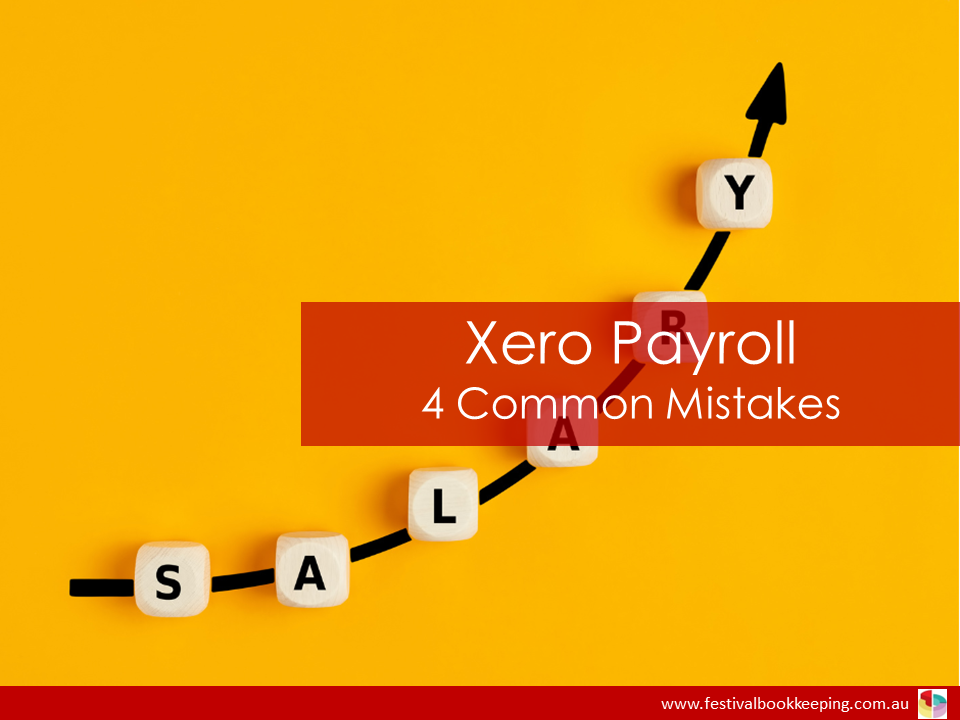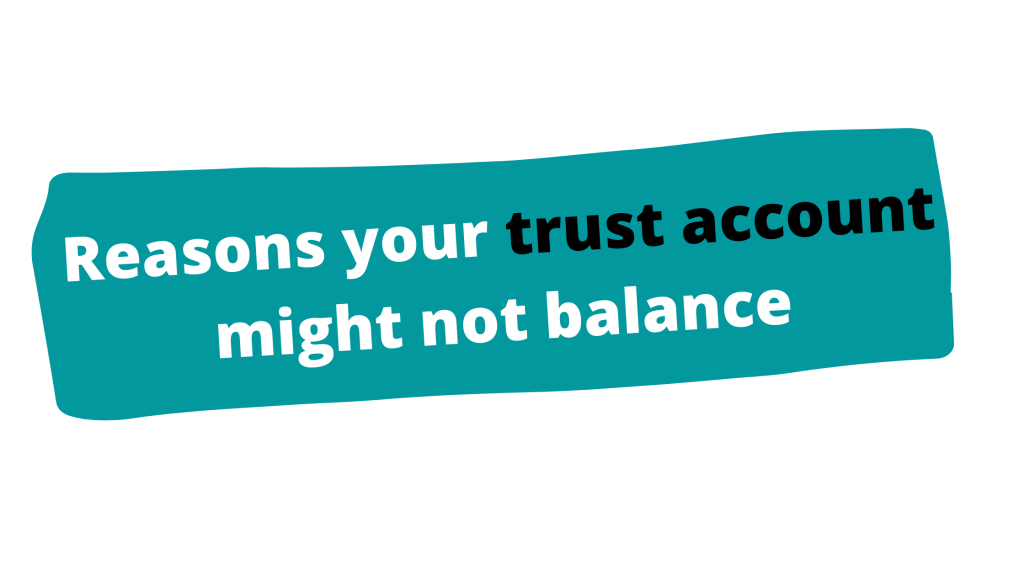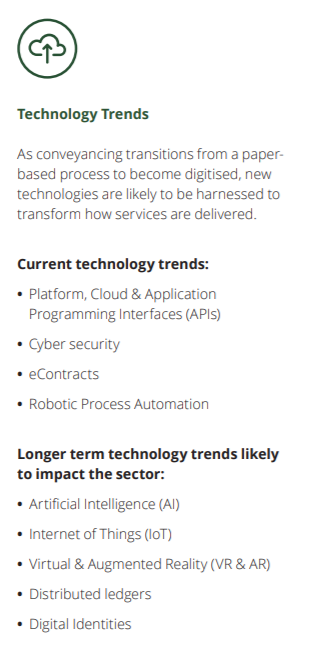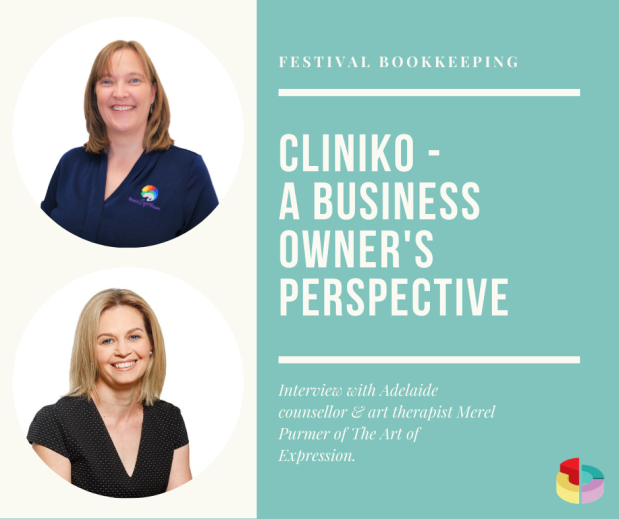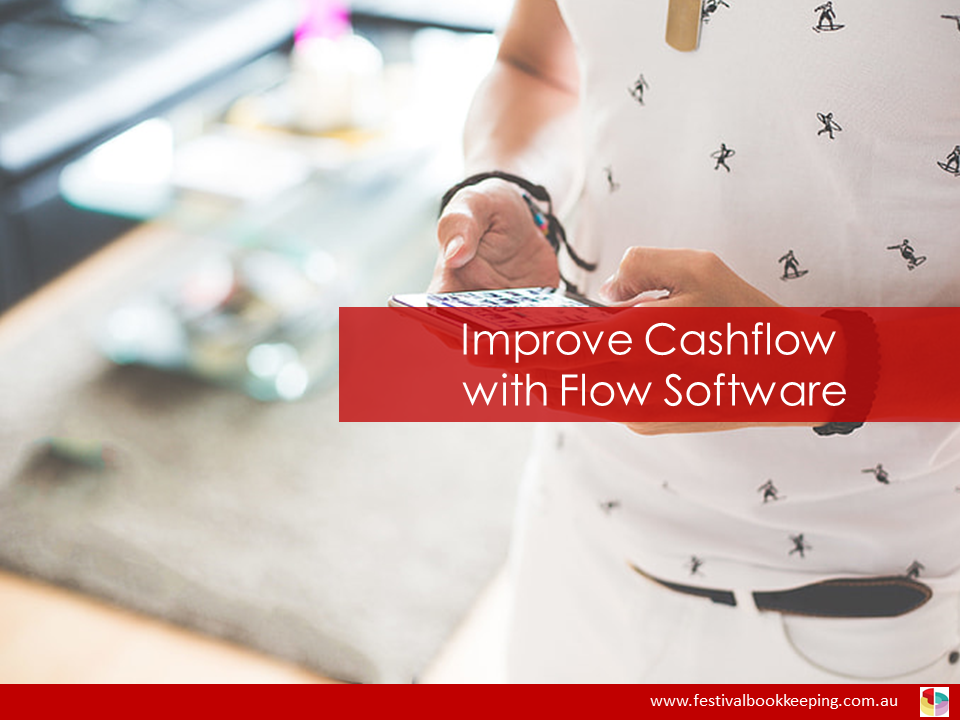
A profit and loss (or income) statement lists your income and expenses. It tells you how much profit you’re making, or how much you’re losing.
It’s one of the most important financial documents your business will need to produce. Successful business owners review their Profit & Loss regularly.
Here are 9 great reasons business owners should be reviewing their Profit & Loss report on a regular basis:
1. Tax Planning
If your bookkeeping is up to date, you’ll be in a position to discuss tax planning strategies with your accountant before the end of the financial year. It’s in your best interests to be familiar with your Profit & Loss so that you understand your discussions with your accountant and their recommendations.
2. Meeting Statutory Obligations
Preparing your Tax Return is probably the most obvious reason you’ll be needing an up to date P&L. When you’re signing off for your accountant to lodge your Tax Return on your behalf, you’re accepting responsibility for the figures that have been provided for it’s preparation. By becoming familiar with your P&L, you’re putting yourself in a better position to understand what you’re signing.
3. Goal Setting
You cannot set appropriate income targets unless you know what your current income is.
4. Pricing Strategy
Your revenue may be increasing, but if your expenses are increasing at a greater rate, then it may be a sign that your pricing hasn’t kept up with your growing costs.

5. Warning Signs
If the business isn’t making a profit, you can take corrective action to turn this around
6. Selling Your Business
Your Profit & Loss report can demonstrate your businesses’ profitability and can increase the likelihood of a successful sale. Get to know your P&L so you can gauge when it’s a good time to consider selling.
7. Cashflow Management
Reviewing your P&L regularly will give you an idea of whether you will need to set more or less money aside to cover any anticipated tax bills.
8. Decision Making
A P&L helps a company’s management team to understand the business’s net income, which may be helpful in decision-making processes. For example, a business owner may consider whether his or her company is bringing in enough of a profit to justify renovating their building or expanding in other ways. It can help a business owner decide whether they can hire their next employee, or whether they can give staff bonuses or wage increases.
9. Obtaining Finance
Lenders and investors will evaluate your net income and operating expenses, debts, and taxes to ensure your business is viable and worth providing financial assistance to. Do you know if now is a good time to approach lenders for funding?
Final Thoughts
Simply put, you need to be reviewing your Profit & Loss report on a regular basis if the success of your business is important to you. It’s not enough to know you’ve got cash in the bank or that business is “busy”, so everything must be okay.
How often are you reviewing your Profit & Loss? Is your bookkeeping up to date so that you can in fact have an accurate Profit & Loss report in-hand each month?
Happy bookkeeping….
Sarina
Festival Bookkeeping are Xero bookkeeping specialists located in Adelaide, South Australia. We have happy clients Australia-wide that are succeeding and growing in business, while we take care of the books.

About the author
Sarina Abbott is the owner of Festival Bookkeeping. She’s a registered BAS Agent and Xero adviser who has previously worked in the legal and conveyancing industry, as well as for a registered training organisation. She lives in Adelaide, South Australia with her husband and 2 sons.
You can find out more about the team at Festival Bookkeeping here
